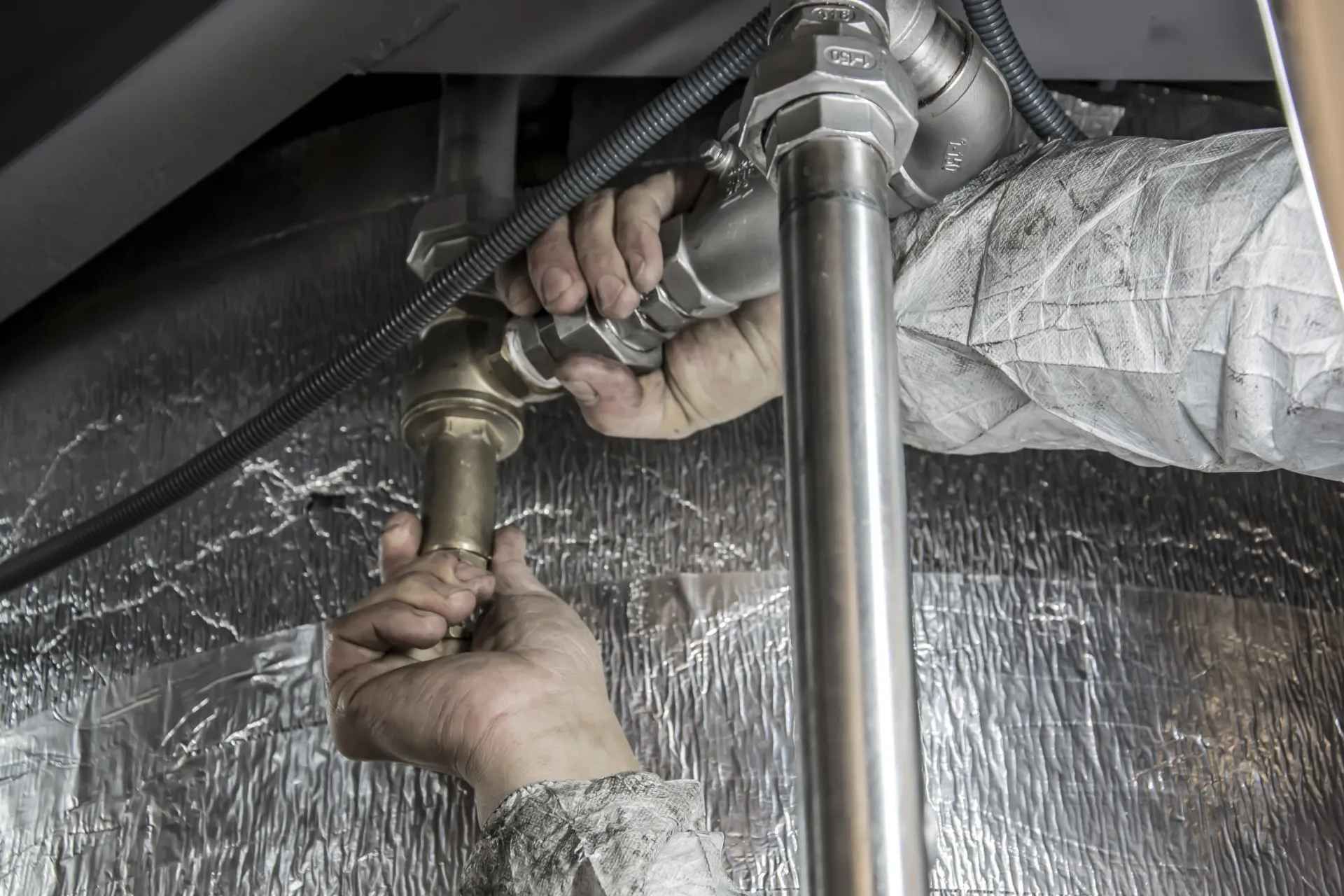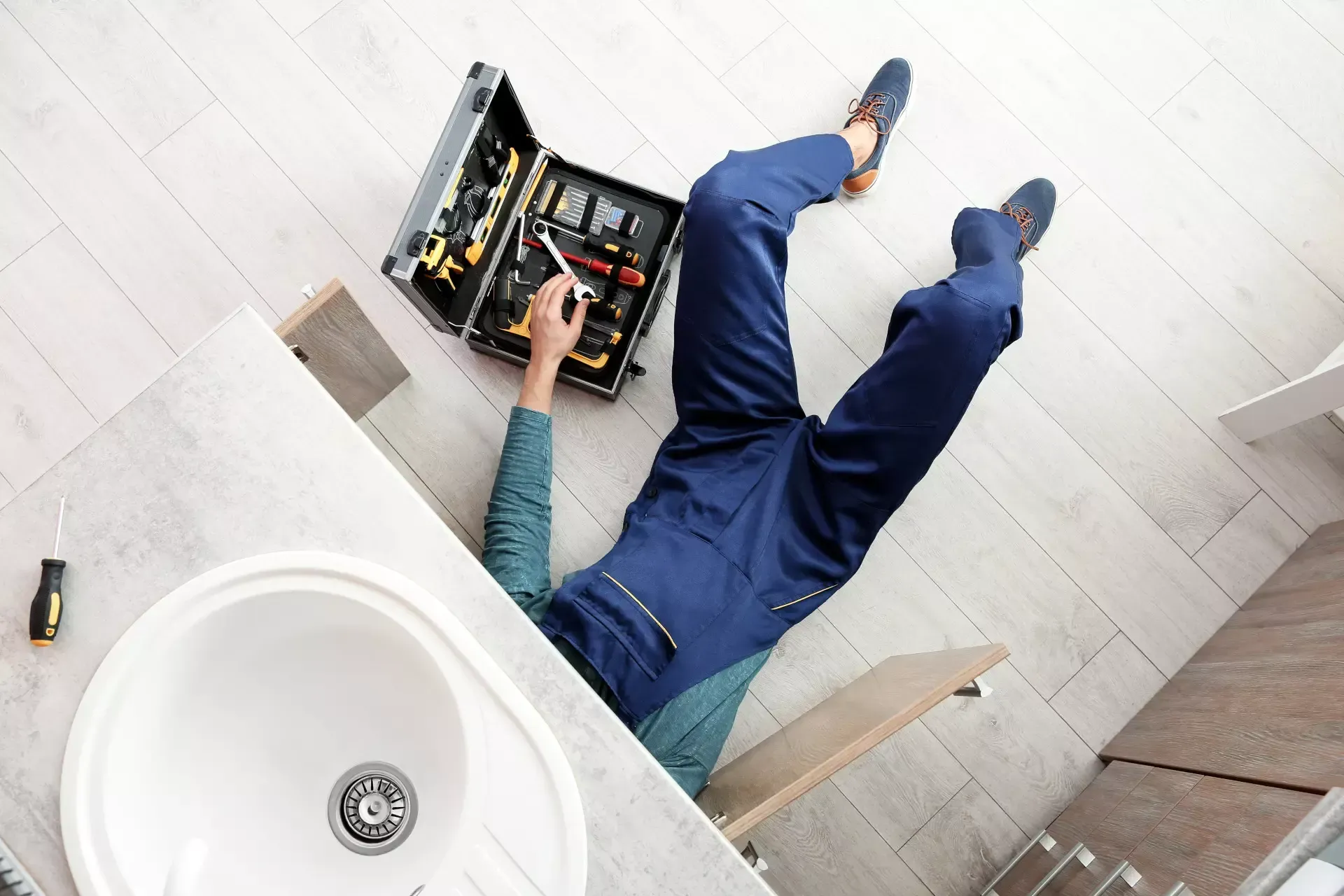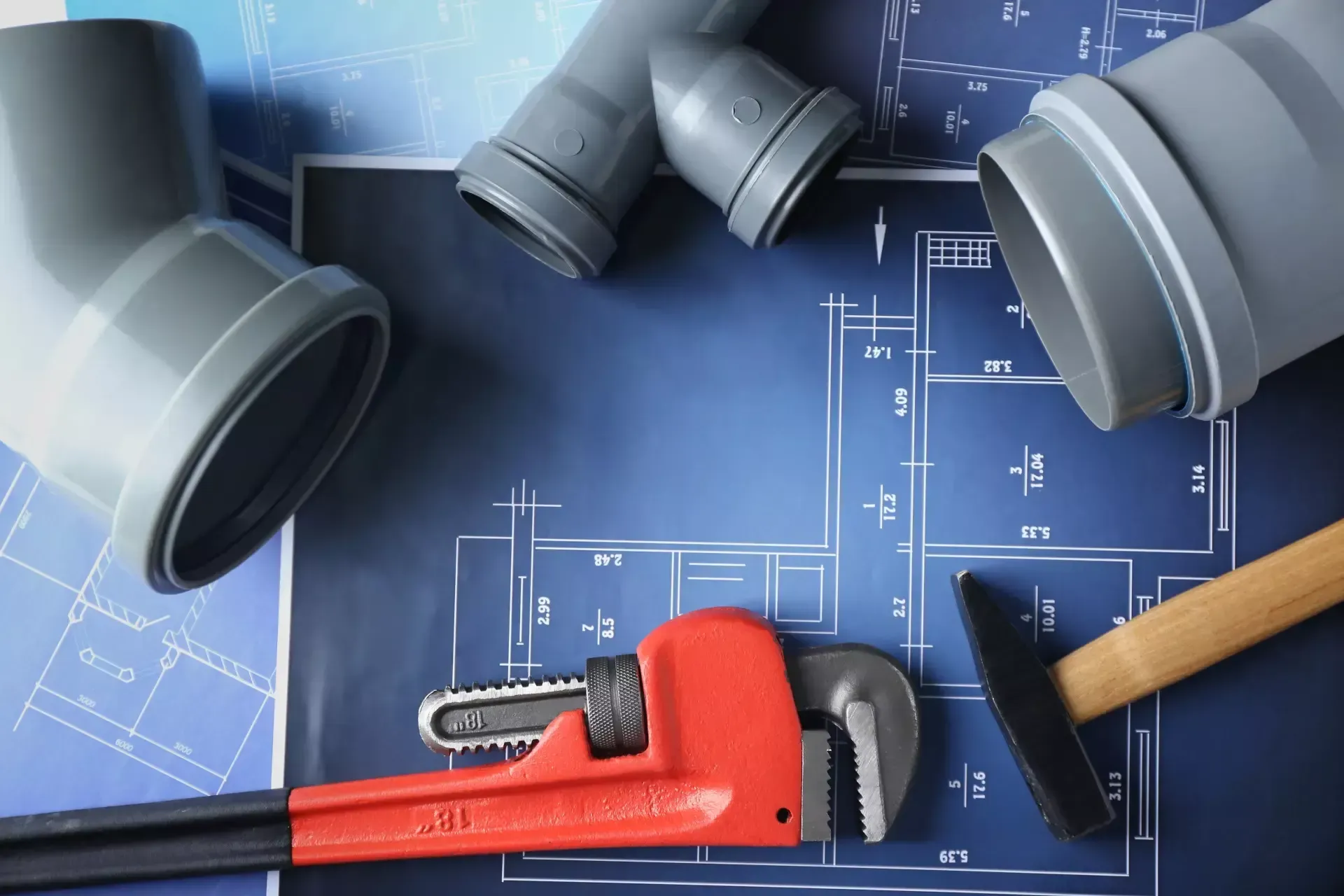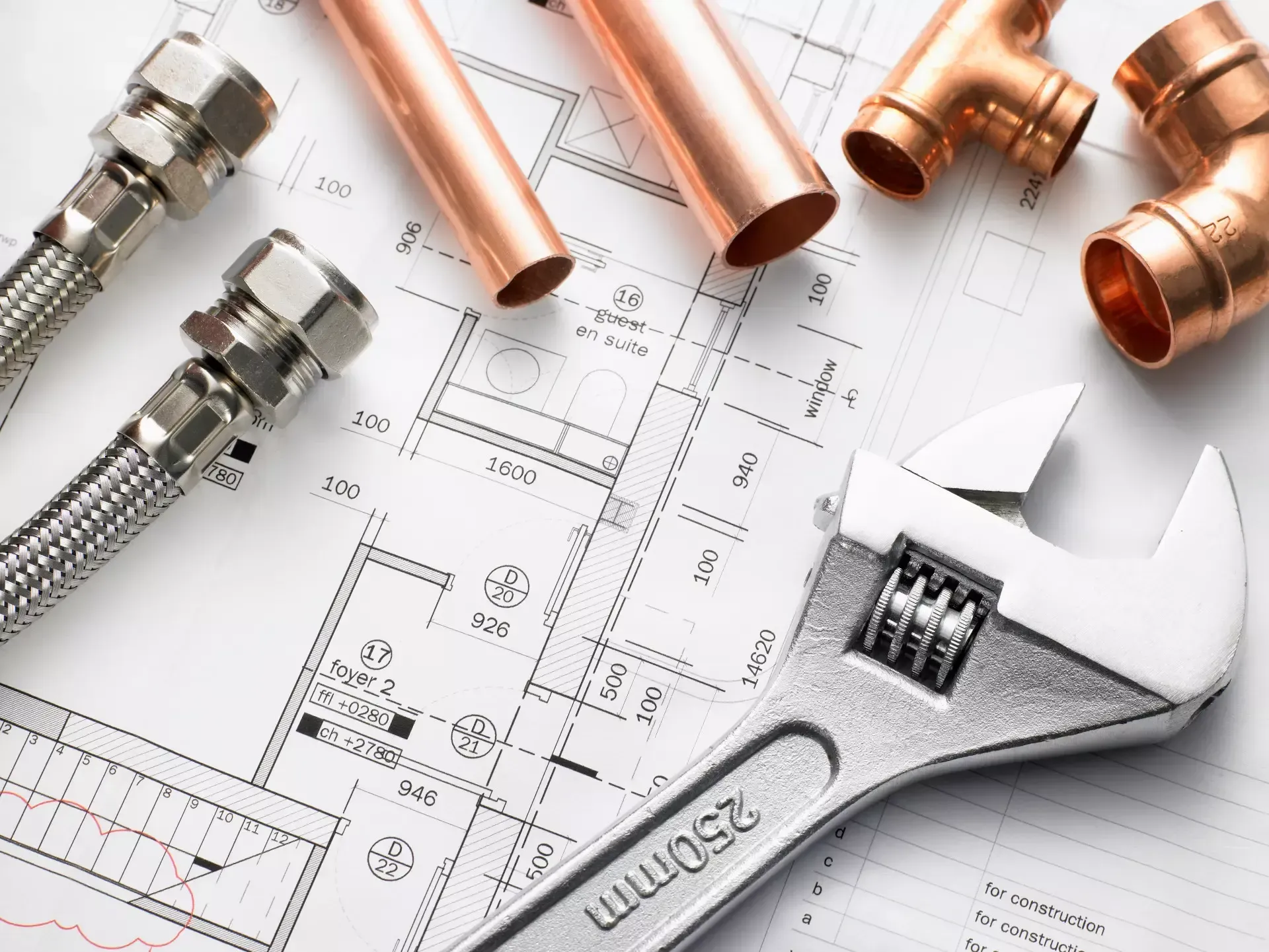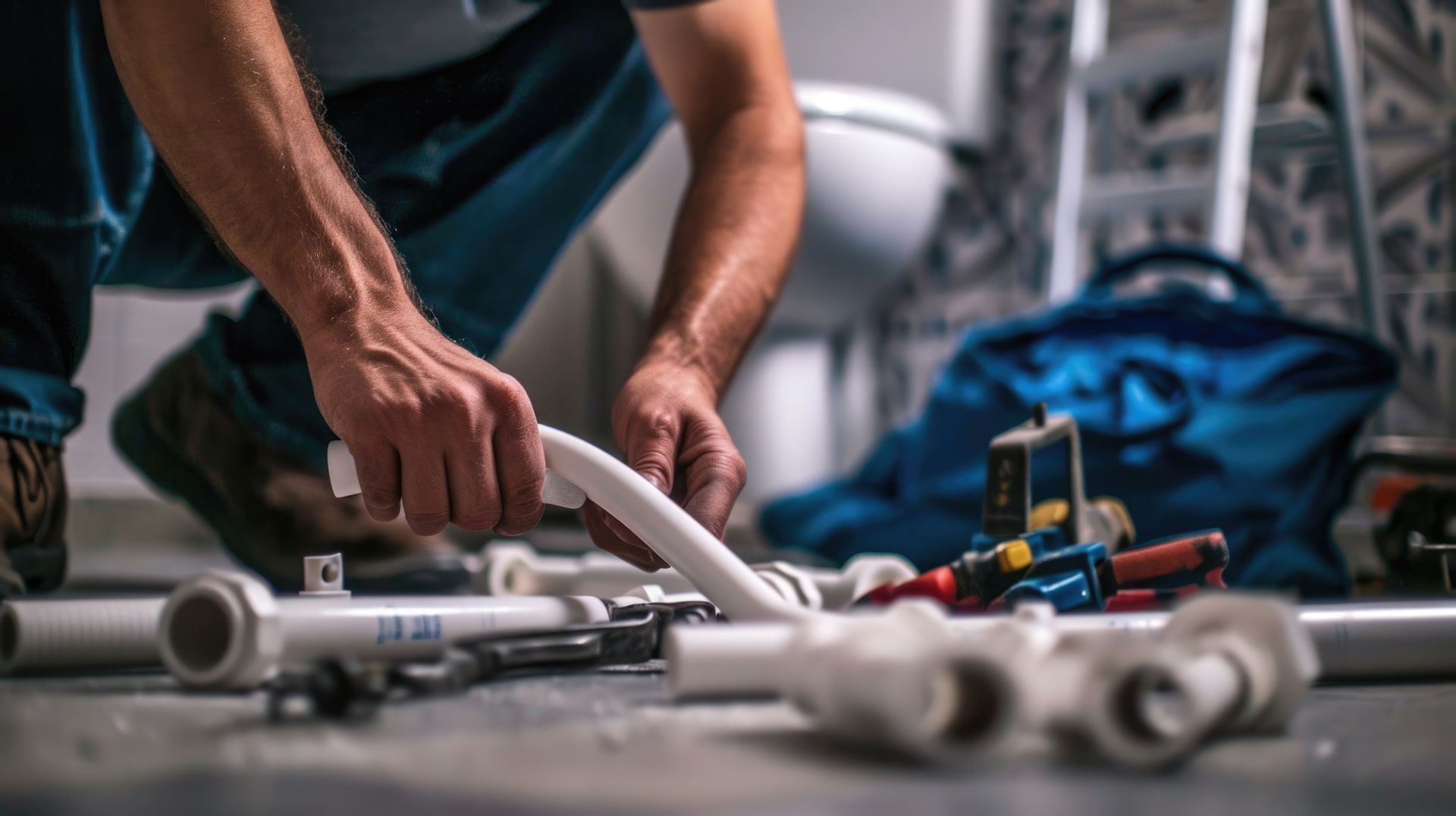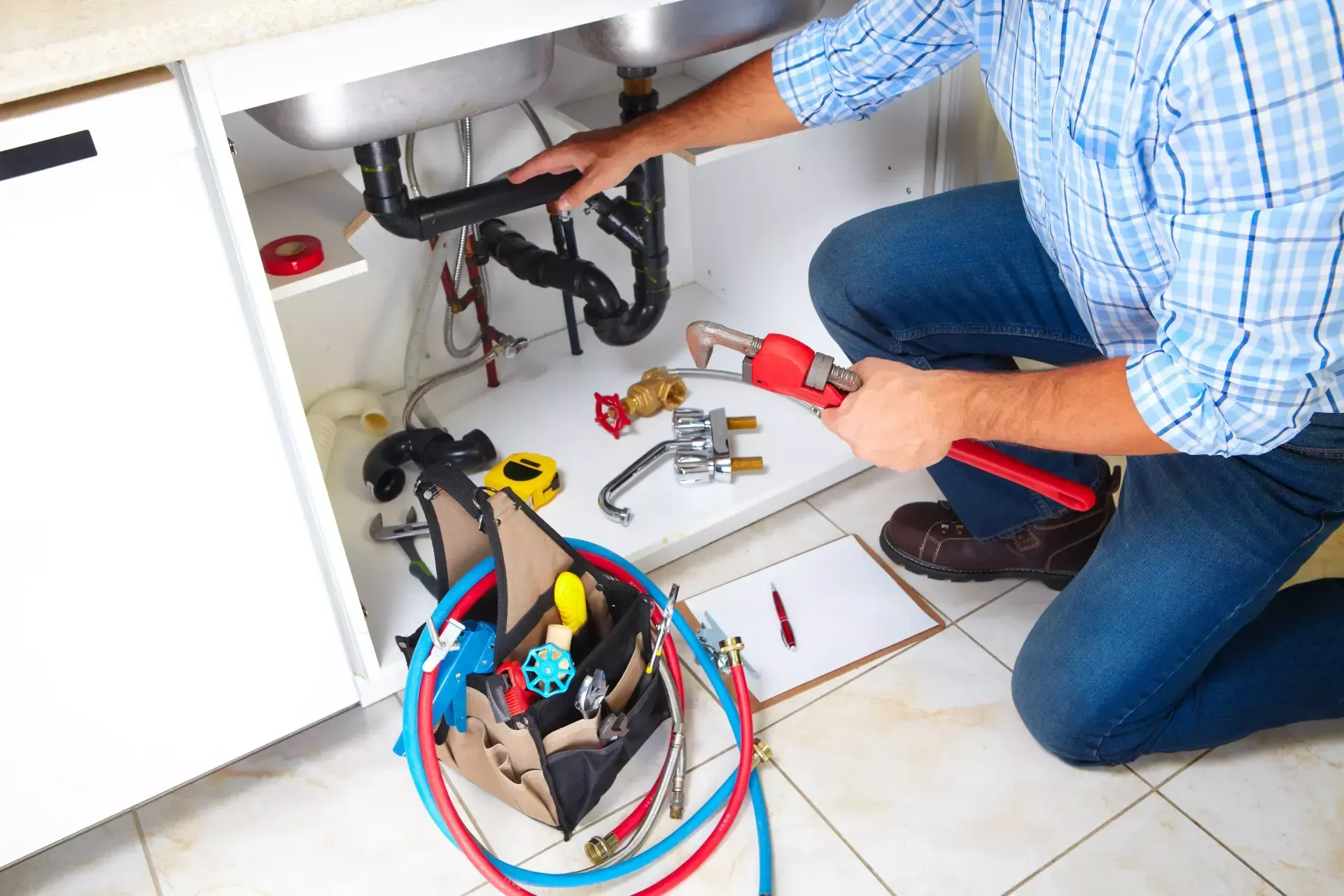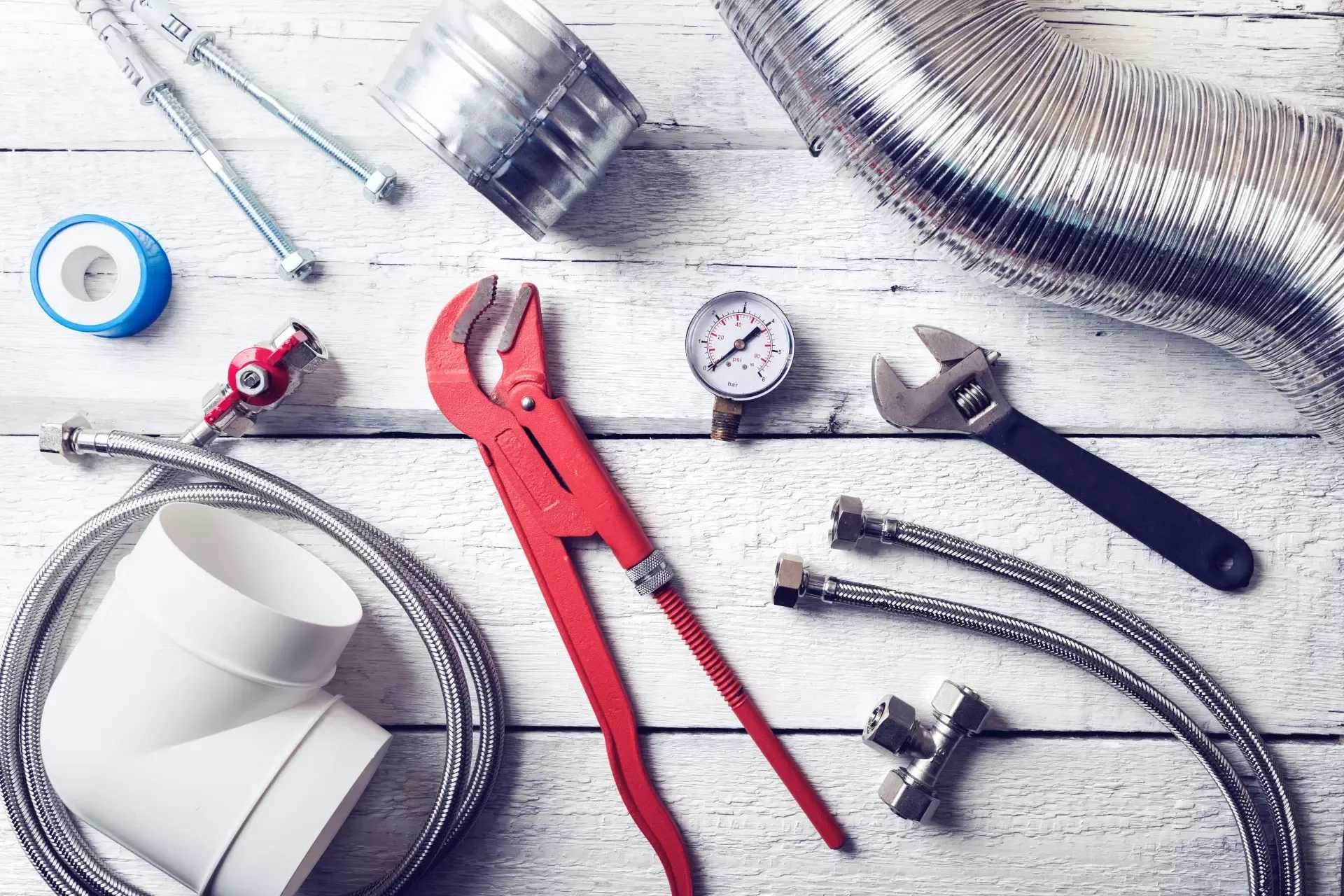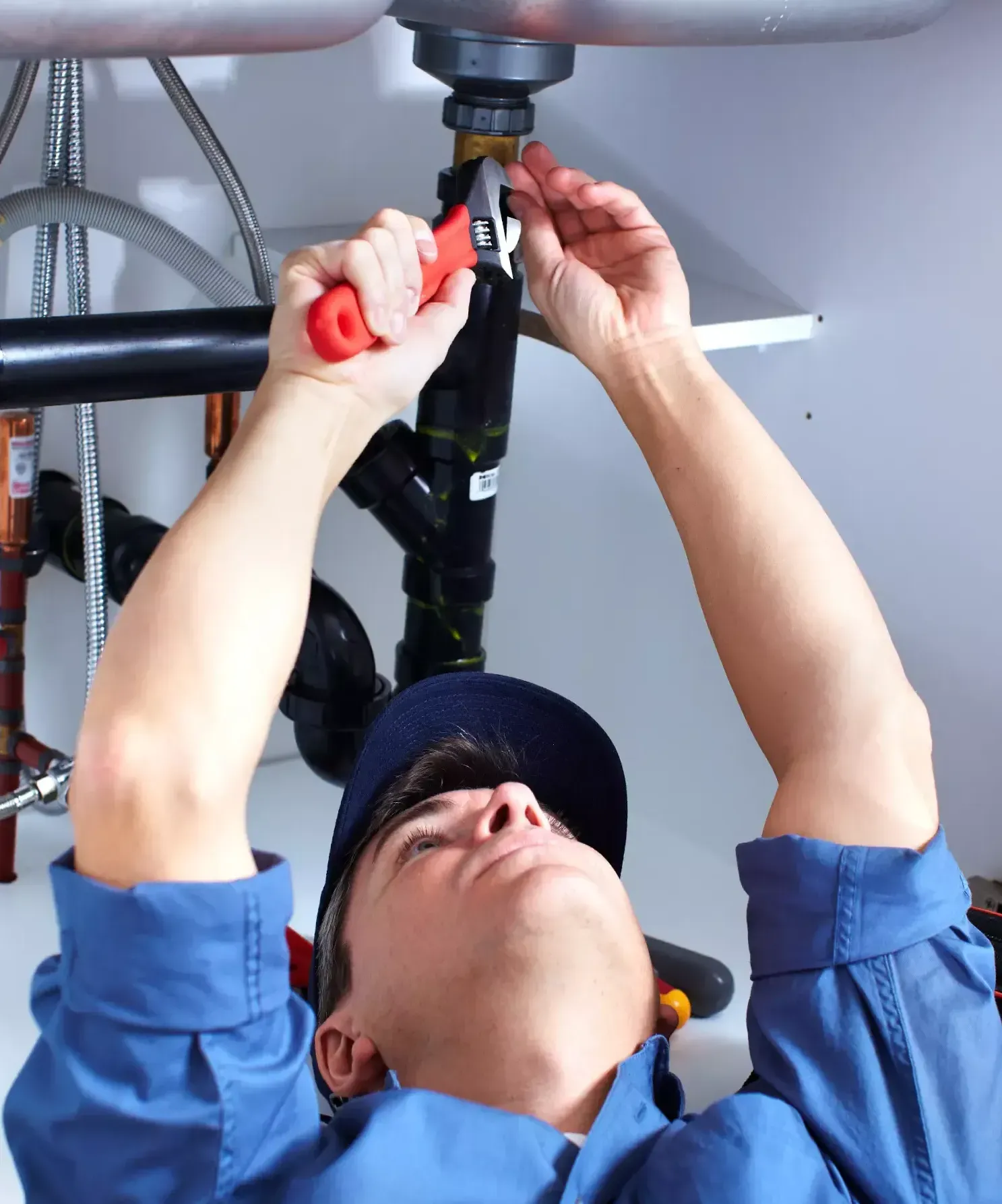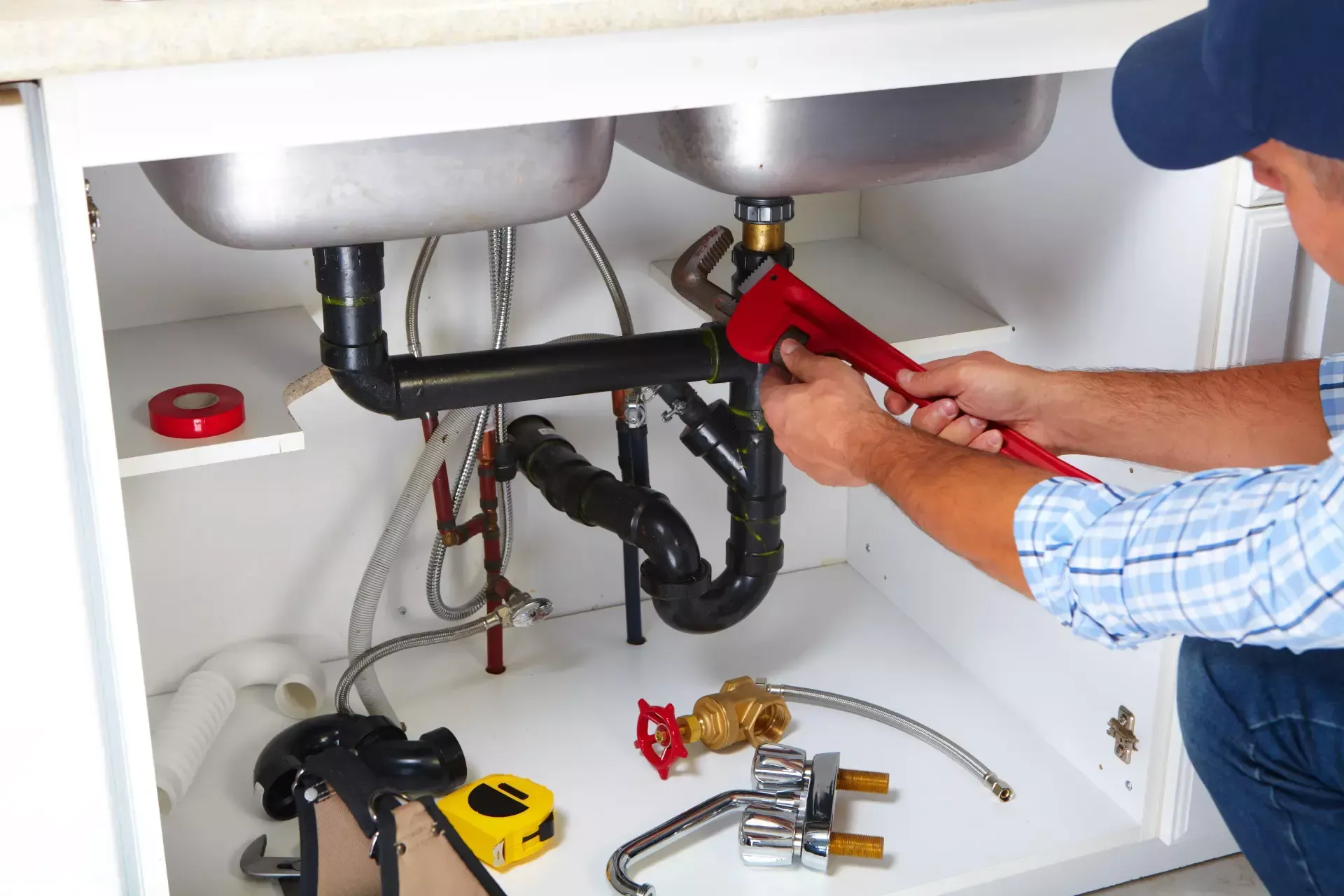Quick Fixes for Common Plumbing Issues at Home
When plumbing problems pop up at home, they can feel like a huge hassle. Whether it's a leaky faucet, a clogged drain, or low water pressure, these issues can disrupt your day and leave you wondering where to start. The good news is, many common plumbing problems can be tackled with a few simple fixes, saving you time, money, and the stress of waiting for a professional to arrive. By understanding how to handle basic repairs, you can keep your home running smoothly without needing to call in an expert for every little issue. In this guide, we’ll walk you through some quick and easy solutions that’ll have your plumbing back in action in no time.
How to Fix a Leaky Faucet in Minutes
A leaky faucet is one of the most common plumbing issues at home, and it's often easy to fix yourself. Start by turning off the water supply to the faucet and covering the drain to prevent any small parts from falling in. Most leaks occur due to worn-out washers, O-rings, or a corroded valve seat. You can disassemble the faucet using a wrench, replacing any damaged parts. Once everything is reassembled, turn the water supply back on and check for leaks. This quick fix will save you money on water bills and prevent the annoyance of a constant drip.
When replacing faucet parts, it's essential to match the size and type of the replacement pieces to your faucet model. If you're unsure, many hardware stores offer kits for specific faucet types, making it easier to get everything you need.
Unclog Your Drains with These Simple Steps
Clogged drains can be frustrating, but many of these issues can be resolved without calling a plumber. For kitchen sinks, start by using a plunger to dislodge the clog. If that doesn’t work, try a drain snake or a mixture of baking soda and vinegar to clear out the blockage. Avoid using harsh chemical drain cleaners as they can damage pipes over time. If the clog persists, you may need to remove the drain trap under the sink to manually clear the debris.
For bathroom sinks or tubs, hair is usually the culprit. You can use a drain snake or even a bent wire hanger to pull out hair and other debris. Regular maintenance, such as using a drain cover to catch hair and avoiding grease down the kitchen drain, can help prevent clogs from happening in the first place.
Quick Solutions for Low Water Pressure at Home
Low water pressure can make even the simplest tasks, like showering or washing dishes, a challenge. A clogged aerator or showerhead is often the reason for low water pressure. To fix this, remove the aerator or showerhead and clean out any mineral deposits. You can soak them in vinegar overnight to loosen the buildup. If cleaning doesn’t do the trick, replacing the aerator or showerhead is a quick and inexpensive solution.
Another cause of low pressure may be a leak in your pipes or a problem with your water supply. If cleaning the aerator or showerhead doesn’t restore normal pressure, it might be worth checking for leaks or calling a professional to inspect the water lines.
Stop Toilet Overflows with These Easy Fixes
Toilet overflows can cause a lot of stress, but there are some straightforward fixes you can try before calling a plumber. The first step is to turn off the water supply to the toilet to stop the overflow. Once the water stops, you can attempt to clear the blockage using a plunger. Make sure to plunge firmly to dislodge the obstruction. If this doesn’t work, using a toilet auger can help reach deeper clogs.
If your toilet overflows frequently, the problem may lie with the flushing mechanism or the tank’s water levels. Adjusting the float valve or replacing a faulty flush valve can help prevent future overflows. Regular maintenance, such as cleaning the tank and checking for any worn-out parts, can also help keep your toilet in top working condition.
How to Fix a Running Toilet Without Calling a Plumber
A running toilet is a common issue that wastes water and increases your utility bills. Often, the culprit is a faulty flapper valve or a problem with the fill valve inside the tank. To fix a running toilet, start by removing the tank lid and inspecting the flapper for signs of wear or damage. If the flapper is no longer sealing properly, replace it. Check the chain connecting the flapper to the flush handle; if it's too tight or too loose, adjust it accordingly.
Another potential cause for a running toilet is an issue with the fill valve. If the water level in the tank is too high, it can cause water to continuously flow into the overflow tube. Adjust the fill valve to ensure the correct water level, and the problem should be resolved.
DIY Tips for Repairing a Dripping Showerhead
A dripping showerhead can be an annoying and wasteful problem, but it's often an easy fix. The first step is to turn off the water supply to the shower. Once that's done, use a wrench to remove the showerhead from the pipe. Inspect the washers and O-rings for any signs of wear. If they're damaged, replace them with new parts, which can be found at most hardware stores. After reattaching the showerhead, test the water flow to ensure the dripping has stopped.
If replacing the washers doesn’t work, the issue might be a clogged showerhead due to mineral buildup. You can soak the showerhead in vinegar overnight to dissolve the deposits, then rinse it thoroughly.
Simple Fixes for Common Sink Blockages
Sink blockages are a typical household issue, but many can be resolved with a few simple steps. Start by using a plunger to try and dislodge the clog. If that doesn’t work, you can remove the drain stopper and use a drain snake or even a bent wire hanger to reach and clear the blockage. For stubborn clogs, a mixture of baking soda and vinegar can help break down grease and other debris.
If these methods don’t work, you may need to remove the trap under the sink to physically clear the blockage. Always be careful when working with plumbing parts, and consider wearing gloves to avoid any mess. Regularly maintaining your drains with safe cleaning methods can prevent blockages from forming in the first place.
Troubleshooting Your Water Heater: What You Can Do Yourself
Water heater problems can be a headache, but many issues are easy to troubleshoot. If you're not getting hot water, check the thermostat settings on your water heater and make sure they're correctly adjusted. If your water heater is electric, you may need to check the circuit breaker to ensure it hasn't tripped. For gas water heaters, ensure the pilot light is on and the gas valve is working correctly.
Sediment buildup is another common issue with water heaters, particularly in hard water areas. Flushing the tank once a year can help prevent this. If you’re experiencing inconsistent water temperature or strange noises coming from the tank, these could be signs that it’s time to replace your water heater.
Conclusion
Dealing with plumbing issues can feel overwhelming, but with the right knowledge, many problems can be easily fixed yourself. From leaky faucets to clogged drains, tackling these issues early can save you time, money, and the hassle of waiting for a professional. While some repairs are simple DIY fixes, others may require the expertise of a plumber. Knowing when to handle it on your own and when to call in a professional can make a world of difference. At Plunger Plumber, we’re always here to help with any plumbing challenges, big or small.
If you're facing plumbing problems that need professional attention, don’t hesitate to reach out. Contact us at (216) 399-7569 or visit us in Cleveland, Ohio. We’re ready to assist you with all your plumbing needs!
Ready to work with Plunger Plumber?
Let's connect! We’re here to help.
Send us a message and we’ll be in touch.
Or give us a call today at (216) 616-1468

